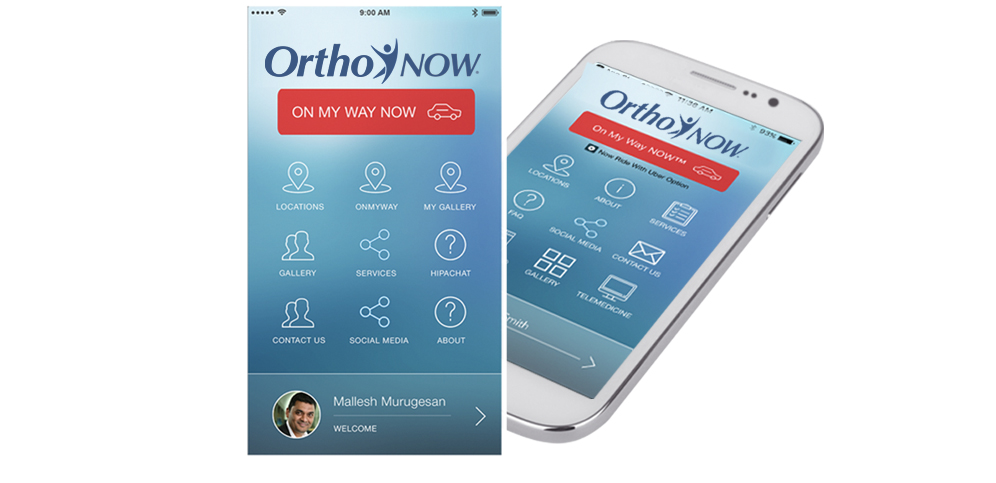Did you know that 6.5 million people in the US are affected by chronic wounds? Rising diabetes and obesity numbers are largely to blame for that large number. Skyrocketing healthcare prices are another factor leading to more and more patients each year. Each type of chronic wound is different and requires slightly different treatment, which many patients can’t afford.
Diabetic Foot Ulcers – up to 80% of non-traumatic amputations in the US can be blamed on diabetes. More specifically, diabetic foot ulcers.
Bed Sores – bed sores are also known in the medical community as pressure ulcers. Just as the name says, they’re ulcers caused by pressure. Pressure ulcers are most commonly the result of a bed-bound patient staying on one side for too long, creating immense pressure on that area. Physical and occupational therapists can offer great exercises for the patient and the patient’s caregiver to utilize to prevent bed sores in the future, even for a patient that’s completely bed bound.
Leg Ulcers – venous leg ulcers are a type of leg ulcer typically have a large but shallow surface. They’re typically found on the calf area and can lead to itchy skin in the areas around the ulcer.
Acute Wounds – acute wounds are often confused with traumatic injuries, but the two are very different. Acute wounds are known as disruptions to the integrity of the skin and tissue.
Traumatic Wounds – often confused with acute wounds, traumatic wounds are caused by sudden injury or other trauma. This can include burns or bone injury, as well as traumatic injury to the ligaments or tendons.
Infected Wound – an infected wound is a wound that needs immediate treatment by a medical professional. Your doctor will formulate a plan to help your body heal the infected area before the infection spreads. Any wound can become infected if it isn’t cared for and cleaned properly.
While each wound is different, nearly all of them fall into one of those categories. Wound treatment includes regular dressing changes and different types of therapy to promote healing of the wound. Chronic wounds caused by obesity or diabetes may be able to be managed with lifestyle changes and regular care for the wounds you currently have. If you’d like to learn more about what your options are for chronic wound treatment and prevention, give us a call to set up a consultation.


